AI is changing every industry — big time. And photography is just as much affected.
In this article, we're going to dive into the most important things you need to know, from tools you can leverage to things you need to watch out for.
Let's start.
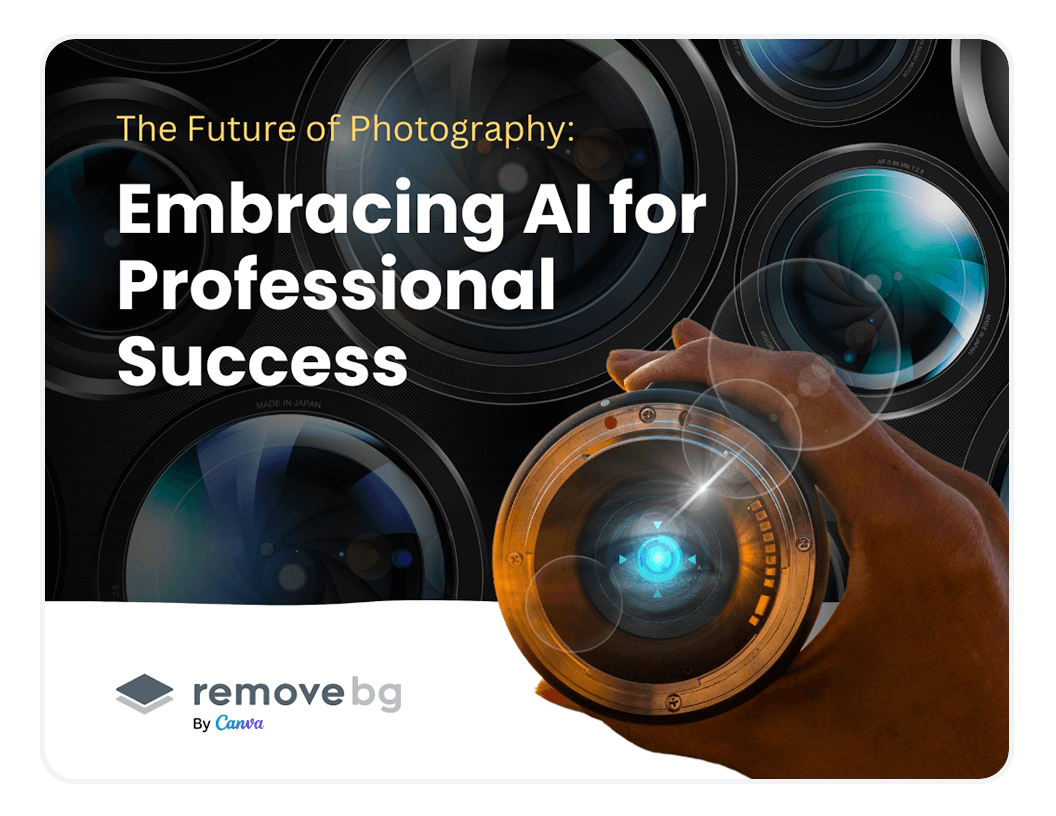
สารบัญ
Challenges photographers face daily
Photographers face daily challenges when it comes to their business. Here are some of the most common ones:
Editing is time-consuming. Shooting your shots usually only takes a couple of hours a day, but editing - that’s an entirely different story right? The post-production process might take you weeks, if not months, which can end up with projects colliding. The good news is you can get AI to do some of the heavy lifting of post-production editing, so you can scale your business without hiring.
Keeping your photography business profitable isn’t always easy. Running a photography business can get expensive. You have to invest in editing software, cameras, memory cards, and maybe even assistants and editors who can help you out with handling post-production. If you hand over some work to AI you could keep your bottom line looking healthy.
Finding your niche and staying competitive. By creating a consistent editing style and workflow, you will find it easier to position yourself as a photographer and truly find your niche, which is essential for long-term business success. You can think about using AI to inspire and help apply your unique editing style across your work. It saves you a ton of time and keeps your consistent photography style in check.
Keeping up with trends can be daunting. Every single person and their grandma is talking about AI — maybe you’re even sick of hearing the word, it’s understandable. It’s a challenging world to navigate, that’s why we have created an e-book, which breaks down everything you need to know about photography and AI. Keep reading for more information.
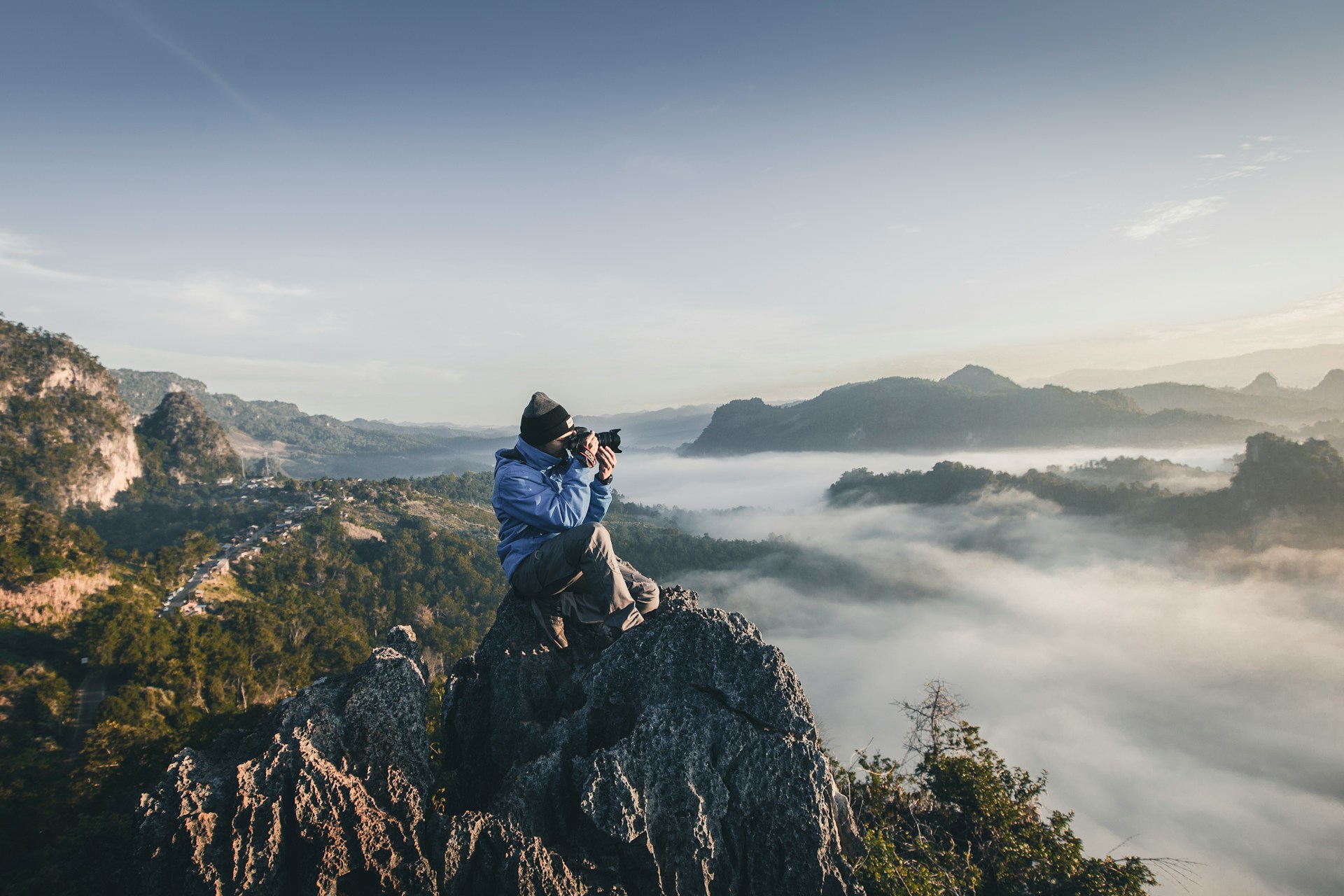
Understanding AI in photography
AI in photography can help you scale your business without hiring simply by automating tasks and streamlining your workflow. The algorithms behind the tools mainly work by analyzing the photo and its main elements and applying rule-based changes.
When it comes to your photography business, AI tools can:
Edit your photos
Retouch your photos
Sort & tag photos
Assist you with composition
Isolate the subject and remove, change, or create backgrounds
Enhance details and resolution
More advanced algorithms can also learn over time — so they start adapting to your editing style, for example. Which is pretty impressive if you ask us.
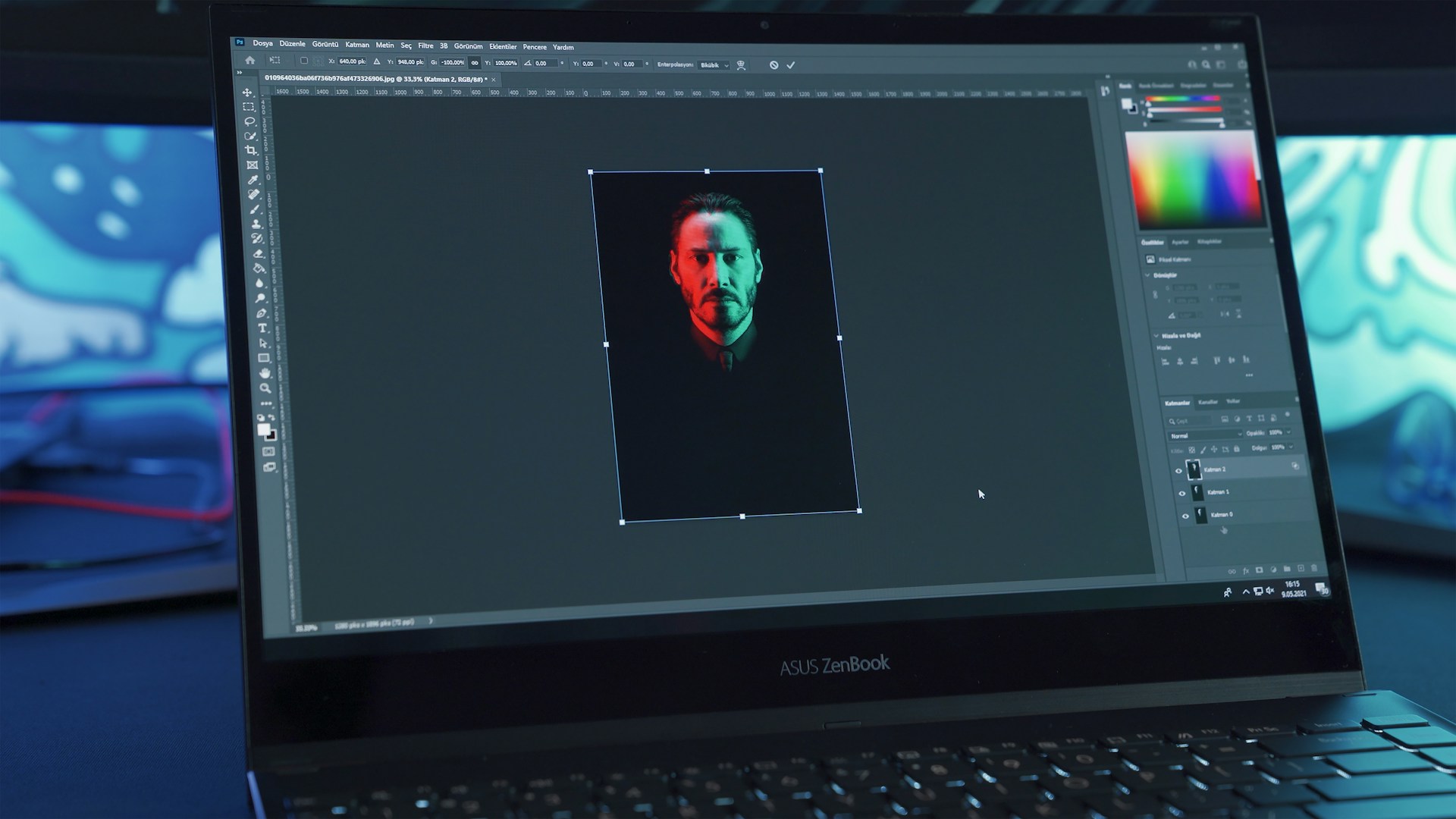
How AI can scale your business
AI can significantly enhance your photography business by aiding in bulk processing, reducing operational costs, and streamlining workflows. Additionally, incorporating AI tools into your photography practice can boost efficiency, productivity, and scalability.
Bulk processing: One of the best ways to scale your photography business is to increase the output you can deliver to clients. Bulk processing photos means applying the same edits across a whole range of images — automatically. For example, with remove.bg, you can apply a different background to hundreds of images in bulk — all at once. (To learn more about this topic, read about the desktop app and the API).
Stacking and integrating your AI tools for a smooth workflow: Plenty of photographers decide to stack and combine different tools to achieve the best result.
Reducing your operational costs: What used to be routine tasks that a junior photographer or an assistant could take care of can now be taken on by an AI tool.
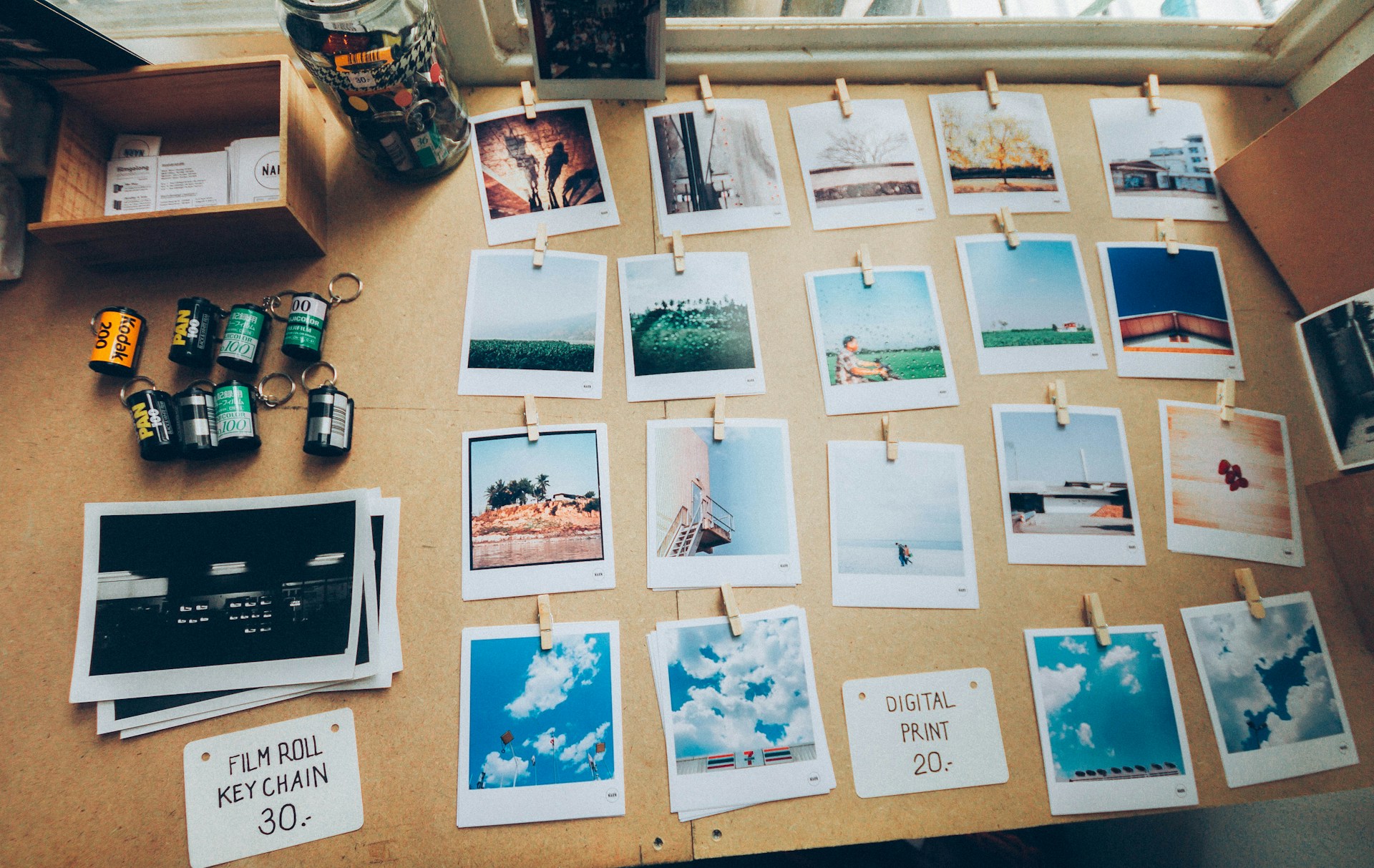
There are many other things that AI can do to help you scale your business. But we hope we've given you a good general understanding of AI's role in photography: the technology, its powers, and the kind of investment you can make if you're thinking about integrating these tools into your workflow.
Want a more in-depth guide to AI in photography? Download the e-book here.
Next, we'd like to dive into some real use cases and examples of companies leveraging AI in their business. The result? More efficient workflows, higher profit margins, and a competitive edge.
Great use cases and examples of companies leveraging AI in photography
It's incredible to see businesses build their business models around leveraging AI and using it to their advantage. Here are some great examples of photography niche services and companies that have positioned themselves in those niches:
Automated yearbook photos
Yearbook photos are an excellent avenue for any photography business because they're recurring revenue and incredibly scalable. A school will take student yearbook photos every year, so once you've bagged a school as a client and they’re happy with your work, they'll have you coming back every year.
AI tools can help you automatically remove and apply backgrounds to photos, tag them, and sort them, all of which make taking and delivering a ton of photos a lot more scalable.
A great example is Fox-Mar, which uses remove.bg to automate yearbook photo delivery with various backgrounds, reducing editing time by 50-75%. Kemmetmueller Photography, also specialized in school photography, used AI to improve photo quality and reduced processing time by over 12.5 weeks, efficiently handling high volumes of sports team and portrait photography.
Virtual photo booth
Another great idea is creating a virtual photo booth where users can take their own photos, and you can virtually apply filters and/or backgrounds. This could be a nice add-on service for clients you might already serve in other ways.
The company Snapbar, for example, has pivoted from offline photo booths to virtual photo booth creation for its clients, increasing its profit margins by 1200% and saving 200,000 minutes by eliminating green screens. Similarly, Photobooth Deluxe eliminated the need for green screens at events, saving 3,440 hours of labor and €172K in costs since 2019.
Dynamic backgrounds for theme park or attraction photos
Another way AI can impress in photography is by automating the process of creating theme park and attraction photos. Take Showtime Pictures, for example. They automated editing for attraction and theme park photos while also managing to increase sales by 20% by offering dynamic background replacements without green screens.
Business challenges and ethics you need to consider
Now that we can all agree that AI can be a great tool to assist you in your photography career, there are some pitfalls and things to consider. Before diving right in. We've gathered the most important ones here:
Ensure the quality of the photos is top-notch. High-quality shots yield better AI-enhanced outputs. So AI isn't going to replace a photographer's job anytime soon; it still requires great photography skills.
AI tools are powerful, but you still need to keep an eye on whether the tool might have missed any details, like color-correcting or whitening someone's teeth. Depending on the end result, you will still need to review and make manual edits.
Don't get too reliant on AI. Being overly dependent on anyone or anything in business — is usually never a good idea. The same goes for AI. The ecosystem is evolving, so diversify your skills and tools. And, of course, also continue learning and refining your editing abilities, both with and without AI.
Always save your original files. AI tools may not retain them, so store them on external storage media or cloud services.
Although it all sounds simple and easy — be prepared for a learning curve, even with AI. You will need to get used to new tools and workflows. And some of them need time to train based on your activity. We recommend investing time in learning how to handle and optimize these tools.
Data privacy matters. Be sure to check how the AI tools you're planning on using store photo data to keep your client’s information safe and comply with local laws and regulations. You can read how remove.bg prioritizes security and privacy here.
Your day-to-day workflow, and how simple it is — has a huge effect on your overall happiness at work. This is why you should use AI tools that complement your existing software or connect easily via plugins or automation services like Zapier. That way, you can integrate them seamlessly.
By keeping these considerations in mind, you can effectively incorporate AI into your photography practice, enhancing your work without compromising quality or efficiency.
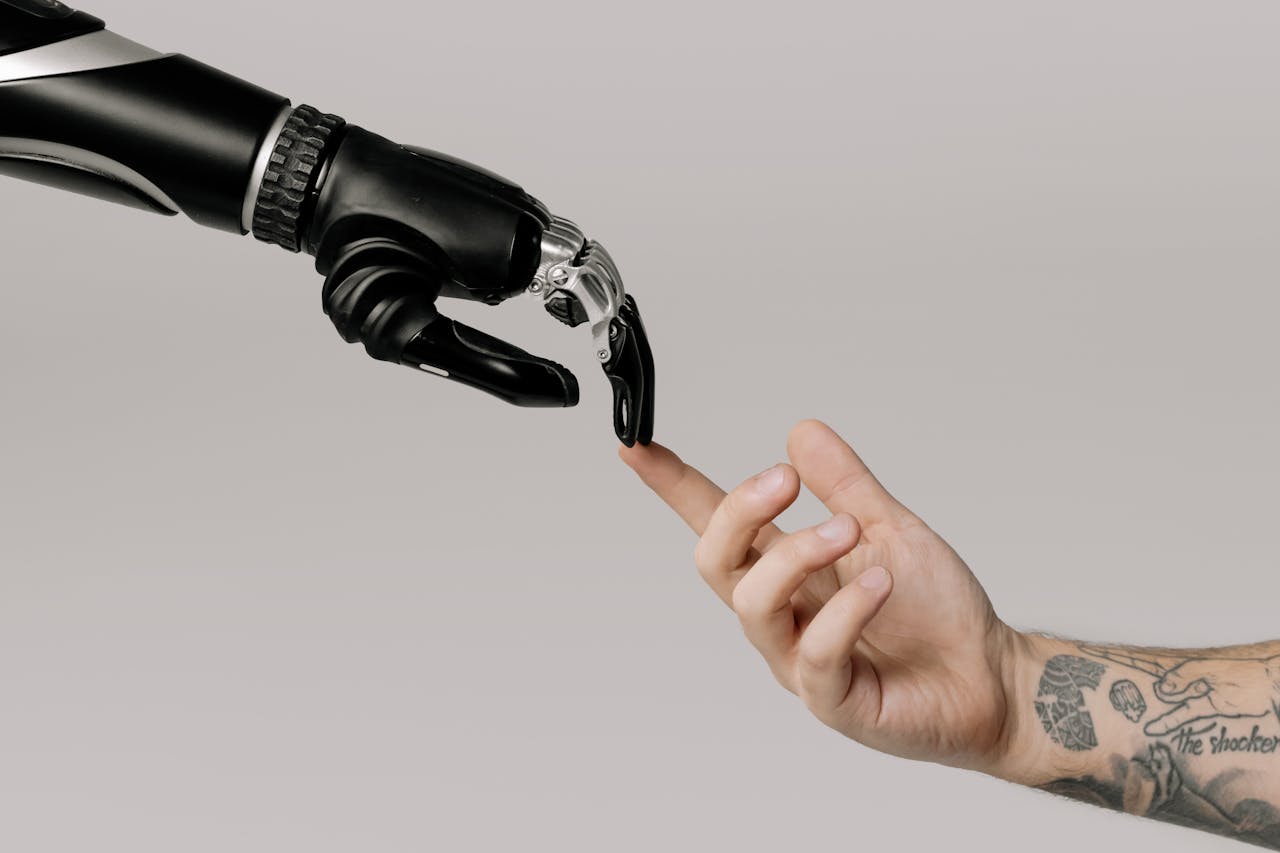
Ethical concerns to keep in mind: AI in photography
One of the most controversial and vital things about using AI — is transparency. If your images are significantly altered using AI technology, or maybe you're even adding elements that weren't there before, we recommend being transparent with your client base about your work methods.
Especially in fields like journalism or documentary photography, it's incredibly important to stick to the truth. As photographers, it's also important to keep the big societal picture in mind. The more AI-enhanced and unrealistic images are, the more we may produce unrealistic standards and social pressures. So that's also something to remember when deciding just how much power to give AI.
Biases in AI algorithms are also a threat, so it's always important to use critical thinking and keep an eye on the results you’re getting.
To ensure you use AI ethically, keep an eye on the following:
Consent: are your clients aware and consenting?
Transparency: are you open to working with clients/photo subjects?
Continuous education: keep learning about AI and its ethical impact on photography
Strong data protection policies: consider the policies of tools you’re using, especially if you're planning on integrating them into your day-to-day work
A balanced approach: using AI can be fantastic, but you should keep a balance between leveraging technological advances and sticking to the human art form that is photography
If you're working with a team in your photography business and want to mitigate the ethical risks of using AI, you should keep all of the above in mind. You might also want to consider creating an ethical handbook and undergoing staff training to align everyone in your company.
Preparing for the future in photography: AI is in it
So what's to come? And how can you prepare for it?
The photography industry is set to continue to undergo a major transformation with several emerging AI trends. These are some advancements we reckon you can expect to happen pretty soon:
Advanced neural networks: These are improving image quality by leaps and bounds. Future neural networks will be capable of upscaling images, removing noise, and correcting imperfections with unprecedented accuracy, making producing professional-grade photos from suboptimal shots easier.
Personalized automation: AI solutions are being developed to provide highly personalized editing at scale. These tools can analyze individual preferences and styles to automate the editing process, delivering tailored results that meet specific client demands quickly and efficiently.
Real-time enhancements: AI is increasingly being used to offer real-time photo enhancements during shoots. This includes on-the-fly adjustments to lighting, composition, and focus, which can help photographers capture the perfect shot without extensive post-processing.
AI-driven composition tools: Tools that analyze and suggest improvements to photographic composition are becoming more sophisticated. These tools help photographers frame their shots better and enhance the overall aesthetic quality of their images.
Deepfake and generative AI: While controversial, these technologies are evolving rapidly and could impact artistic and commercial photography by enabling the creation of entirely new scenes or realistic alterations to existing images.
You can stay ahead of technological advancements by subscribing to industry journals and tech blogs, participating in webinars and online workshops, and joining professional communities. You can also consider enrolling in continuous learning courses, attending industry conferences and trade shows, or engaging with AI photography groups. You'll definitely be glad you stayed ahead of the curve.
By strategically incorporating AI, you can enhance your service offerings, improve operational efficiency, and unlock new revenue streams.
If you're curious to delve deeper into the topic of AI in photography, download remove.bg's e-book.

Inside the e-book, you'll explore:
Strategies to streamline your post-production workflow
Tips for optimizing shooting techniques before AI editing
Ways AI can scale your business and reduce costs
Real-world case studies showcasing AI's impact
Emerging trends shaping the future of AI in photography.
Be sure to subscribe to remove.bg's newsletter and give it a follow on social media for the latest updates and exclusive content. Thank you for reading!
คอมเมนต์
ยังไม่มีคอมเมนต์